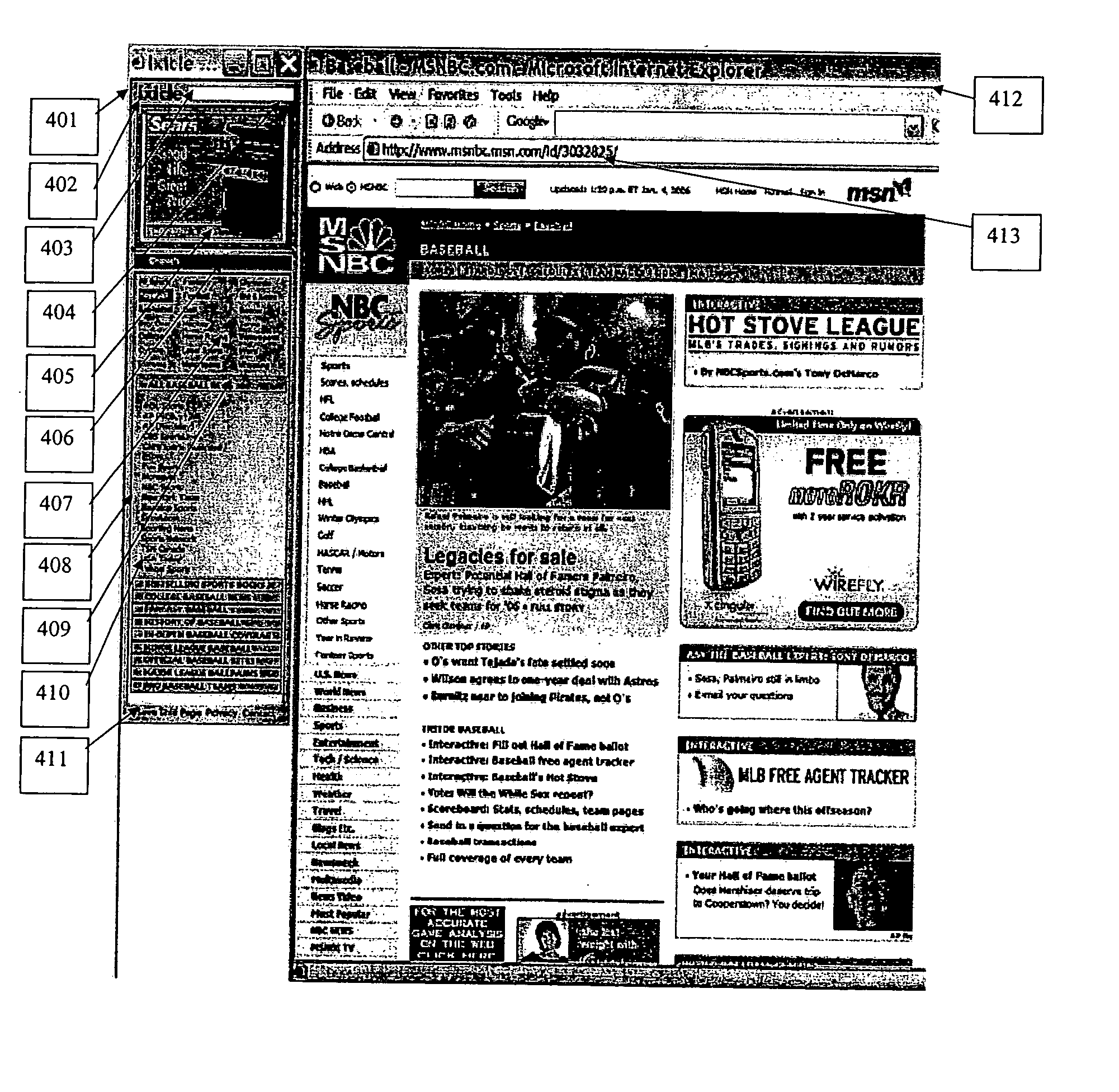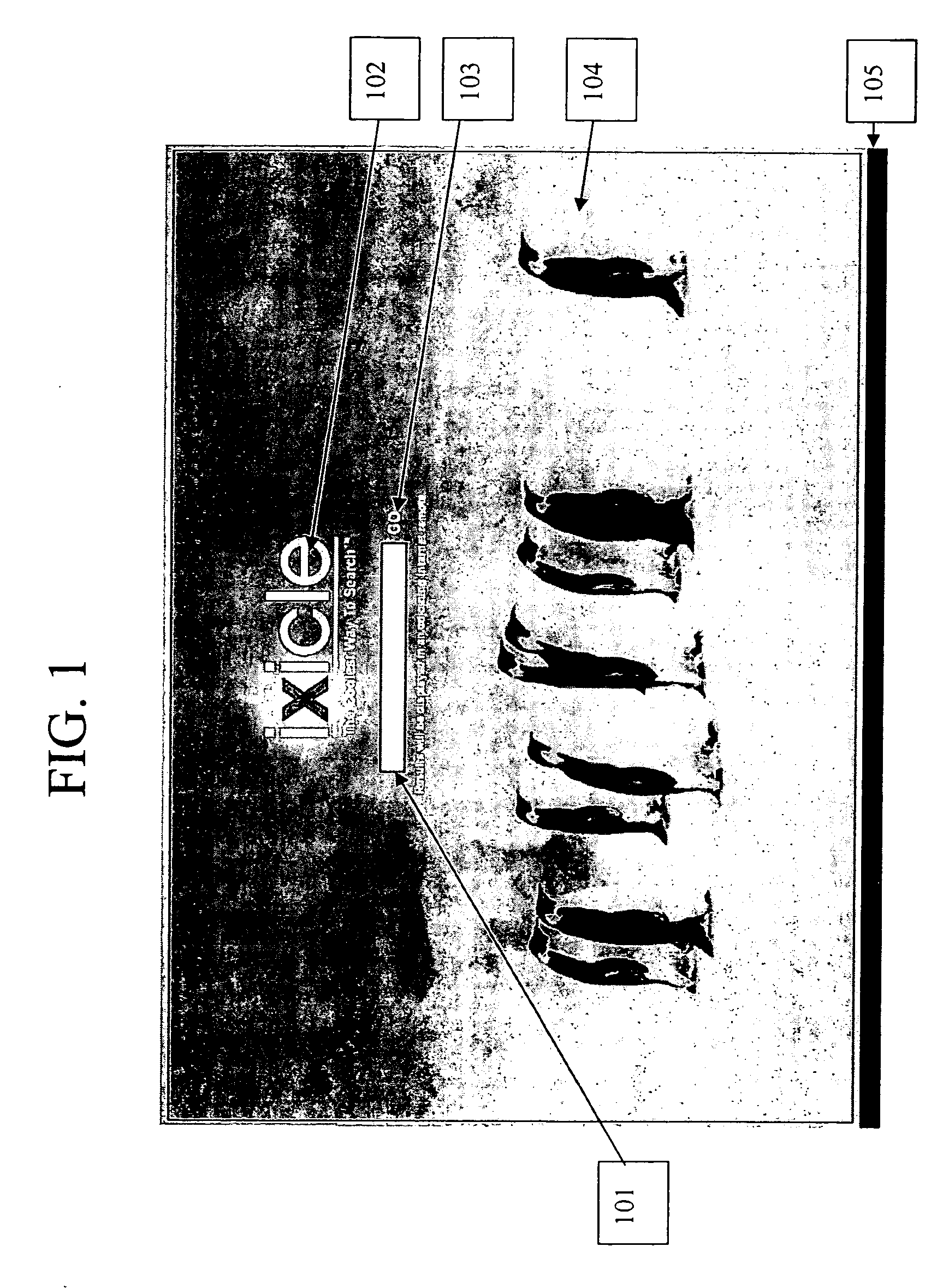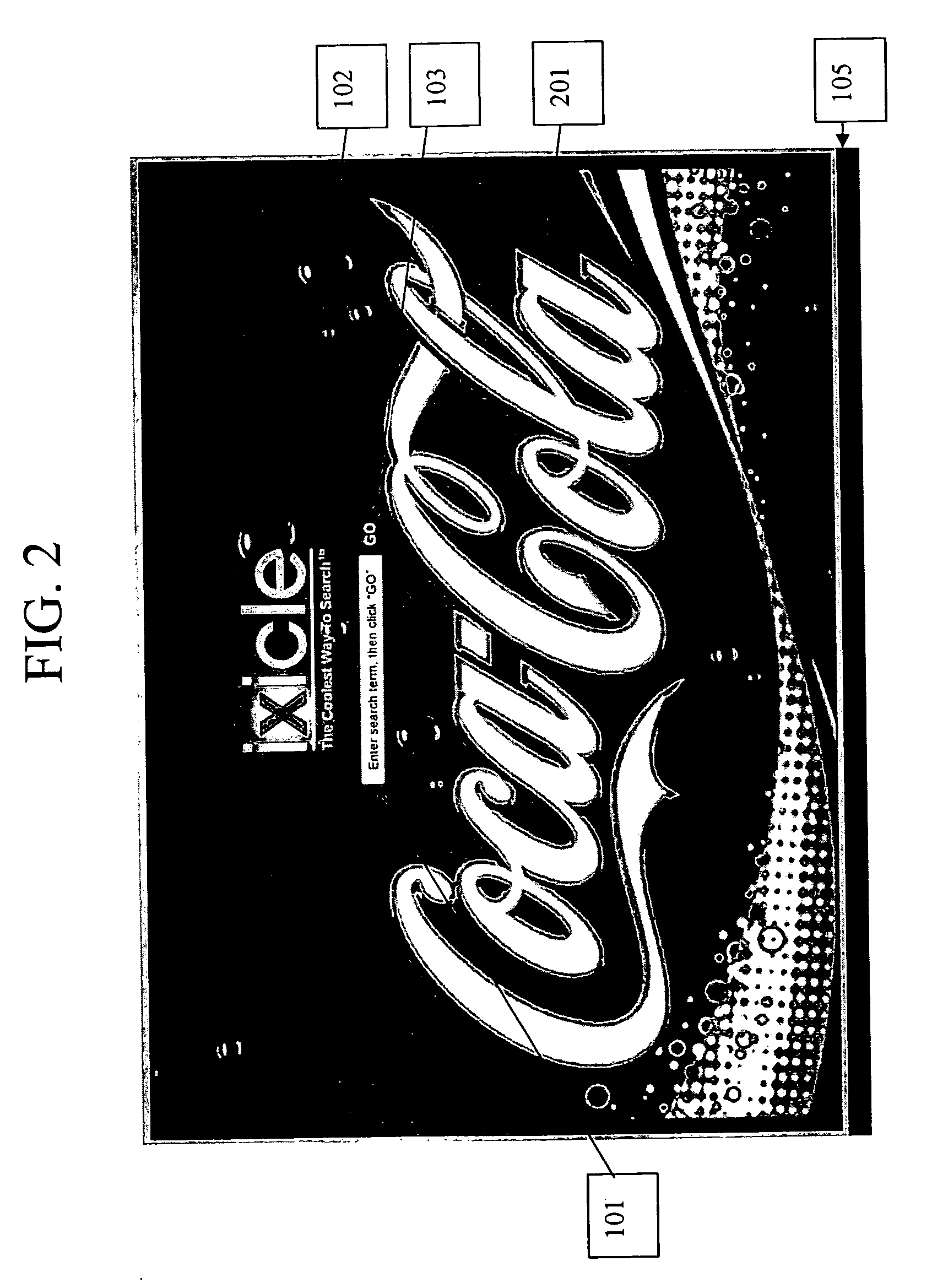However, as productive as the traditional approach to web search has been, it nevertheless suffers from a number of hidden and little recognized flaws that inherently prevent the traditional search model from addressing the full range of web users' potential needs.
However, the follow-on results often will be random and many of them will be relatively meaningless.
Again, however, these useful first-page results were polluted by a low-quality personal site (the third result), and links that referred to the Little League World Series and the Caribbean World Series.
However, they hardly constitute the principal top-of-mind responses when a typical shopper thinks about where to buy shoes.
One of the most common web search needs is to find
background information about a given topic—an information request that is more general than searching for a specific piece of data (like a particular World Series winner) but that is usually not sufficiently broad to warrant its own class of individual sites or even site subsections.
For this type of search, traditional search engines also deliver some useful results, but their performance tends to be erratic.
The other links were mostly to obscure university pages (some of which contained information that might be useful, but that was of uncertain credibility and limited familiarity).
Beyond this mix of capabilities and shortcomings, the traditional search model also suffers from some rather more serious endemic flaws.
Some of these flaws are obvious to anyone who has spent any time searching on the web, such as the
pollution of otherwise credible search results with irrelevant, low-quality, or tangential web sites, and the spawning of long lists of difficult-to-scan results through which users must tediously search for the information they are seeking.
However, most of the flaws in the traditional search model are not particularly amenable to improvement from algorithmic fine-tuning.
This is not a significant problem in instances in which web users are looking for specific pieces of information (e.g., a typical user will need only one or two sites to discover and validate who won the World Series in 1954), but it may be a problem for users who are conducting more general or less well-defined searches or who are interested in comparing or aggregating information or products across a large number of sites.
Because of the current limits of
artificial intelligence, it remains exceedingly difficult for search engines to identify and hence index sites according to their conceptual nature—what these sites are “about” rather than the words they contain.
Conceptual shortcomings like this make it virtually impossible for conventional search engines to produce a relatively unpolluted
list of categorical search results (e.g., a
list of overview or
encyclopedia articles on black holes).
This lack of categorical-search capability makes it impossible for users to quickly browse through all of the relevant and credible sites within a given category or covering a given topic or else among stores or store departments selling a particular product.
Conventional search results pages typically devote most of their real estate to supposedly descriptive information about a
web site or link that, in fact, may not be relevant to the search nor even particularly useful in evaluating the worth of the indicated link.
And yet the pervasive inclusion of this often meaningless information in traditional search engines' results not only forces users to scroll though long lists and multiple pages in order to locate their desired information, but it also tends to bury the most useful
credentialing information amidst the less useful.
This is not a significant problem if users are searching for a specific piece of data (e.g., World Series winners), but it makes more general categorical searches highly inefficient.
Beyond these basic problems with the traditional search model, search algorithms themselves—no matter how well refined they might become—are inherently flawed in several key respects.
While ever-more-precise search algorithms are useful tools for identifying specific pieces of information, and may aid in identifying a few credible and relevant categorical or topical sites, they intrinsically fail to optimize categorically oriented search results for the following reasons: The shortcomings of strict prioritization.
Yet they suffer in three key respects: (1) most such prioritized lists and directories still typically omit more than 90% of credible sites or links in the most easily visible results in the various search categories; (2) they still include a significant proportion of irrelevant or low-quality sites, even within the first three pages of results, and often ranked ahead of obviously more credible sites; and, most importantly, (3) they (falsely) assume that there is an objective or generally applicable “bestness” or “relevance” criterion that can be used to rank the sites in some sort of logical order.
But the case for a strictly ordered listing is tenuous indeed.
Of course, in practice this is largely an academic question anyway, since most
search engine results are so polluted with obviously bad results that the idea of rank-ordering is largely a fiction.
Still, the key point remains: even if search algorithms could
weed out all of the “bad” sites, there would be no objective basis for rank-ordering the remaining “good” sites.
The situational nature of “bestness.” Another flaw in the strict prioritization approach is the assumption that there is a
single measure of “bestness” for all times and all situations.
There is simply no way for a conventional
search engine to know who is searching or why, and so any attempt to parse these credible sites for the “best” ones is doomed to fail.
The situational nature of search thus makes it impossible for a standard search engine to provide personally relevant search results to each individual searcher without requiring them to answer a series of highly intrusive questions that most web searchers would not tolerate (e.g., “Are you male or female?”“What is your age?”“What is your most important criterion for buying shoes?” etc.).
By contrast, even with the best search algorithms, searching among literally billions of web sites as most conventional search engines do for any given search inevitably will produce thousands if not millions of results (search Google for “women's shoes,” for instance, and you receive 19.6 million results), most of which will be irrelevant or of low-quality.
Such a comprehensive search is useful if someone is trying to locate information about an old friend or an esoteric research topic, but typically does more harm than good for the majority of more conventional or broad-based searches.
Imagine, for example, how disorienting it would be if the location of the stores in one's favorite shopping mall changed every time one visited, with stores unpredictably appearing or vanishing on each foray.
Or imagine how frustrating it would be if the neighborhood grocery totally rearranged the merchandise on its shelves every week: a shopping trip that normally would take an hour could consume an entire afternoon.
Paid-search sites and most shopping comparison sites only worsen these problems because they usually include only those sites that pay for inclusion or position.
Socially ranked search, like that being pursued by Yahoo!, suffers from the same flaw, because its purpose is to change rather than preserve search order according to social preferences.
Thus, despite the apparent conventional wisdom that Internet search is on the right course and only needs to be fine-tuned, in fact the conventional Internet search model is deeply flawed.
Not only are these flaws present, but they are intrinsic to the model itself, and most will not be eliminated regardless of how refined, precise, and intelligent the search algorithms become.
 Login to View More
Login to View More  Login to View More
Login to View More 


